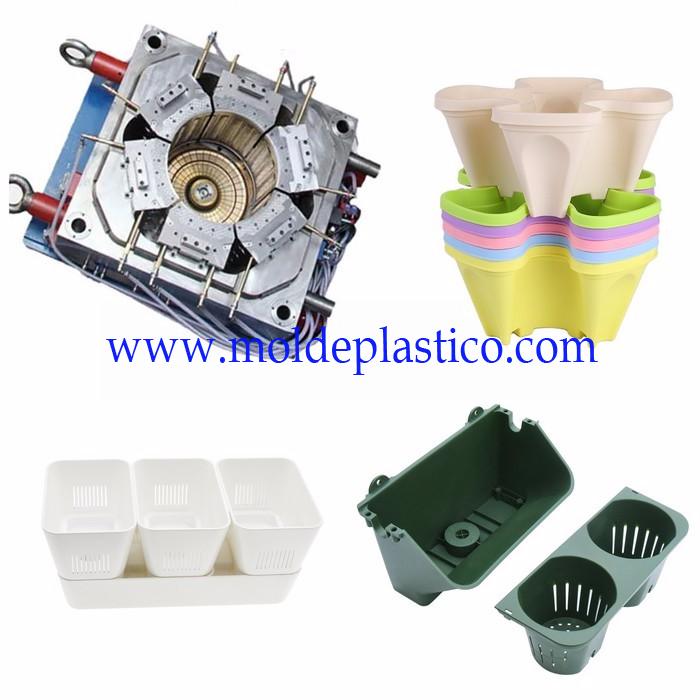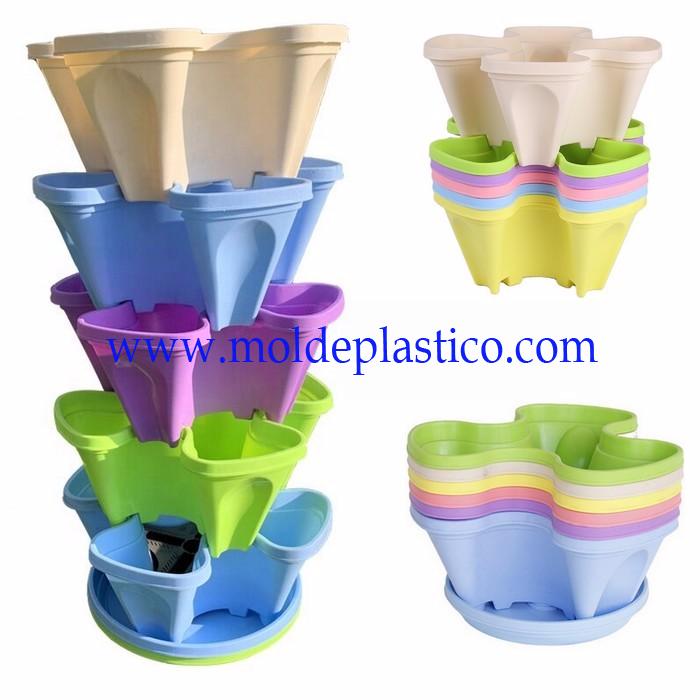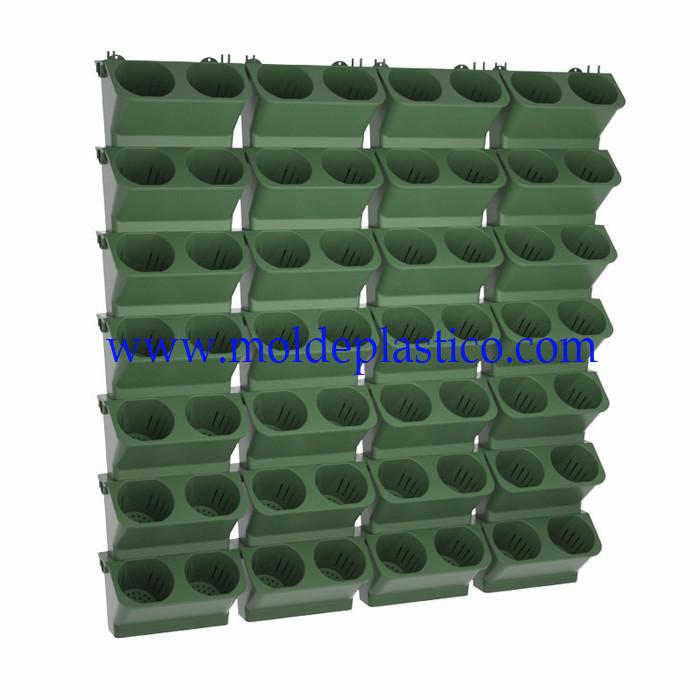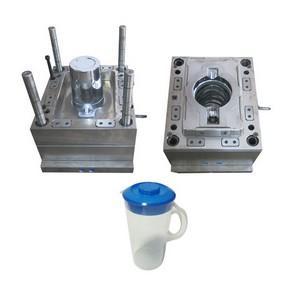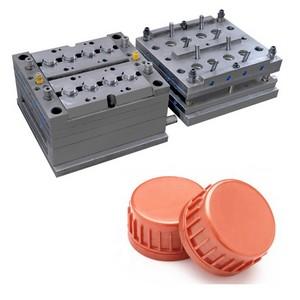Description
MOLDEPLASTICO is known as a reliable Plastic Container Flower Pot Injection Mould Manufacturer.
Features:
1. The flower pot is made of plastic, not easy to deform, corrosion-resistant, durable.
2. Washable and reusable for seeding, cutting and seedling nursery pots.
3. Ideal for windowsill and office table decoration; perfect gift for wedding, birthday, Christmas, etc.
4. It can be used for plant succulent plants, cactus, herbs, and small plants and It will be suitable for balcony, office, furniture furnishings, etc.
Plastic plant pots are perfect for plant starting. Light weight, high quality soft thin plastic, green environmental protection. Based on customer feedback, we have improved the thickness and odor of this basin.
These nursery pots are 3.5 inch diameter and 3 inch high, with good drainage holes in the bottom. Perfect size for cattis and succulents too.
As starter pots, they are sturdier and cheaper than peat pots. As starter pots, they are sturdier and cheaper than peat pots. These pots can be washed and reused.
All little flower pots are made of environmental friendly PP and injection molded seamlessly, which means that they are hard to crack all around.
Solutions to Reduce Plastic Flower Pot Mould Costs
Probably one of the most common reasons for using plastics in tools is to reduce the cost of the Plastic Flower Pot Mould making. The following recommendations can frequently help reduce costs to a minimum:
Use existing models or parts. Since plastics is essentially a duplicating material, a shape must always be present, except in special cases such as loft template constructions. Whenever possible, use a shape already available, such as a model or a prototype part, and reproduce this shape in plastics.
Build new models to male shape. When master models have to be made, build them in a manner easiest to duplicate (usually a male shape), and to the side-of-metal that requires the least amount of transference of part thickness.
Use lattice-type laminates. Lattice-type laminate structures should be used wherever possible instead of solid structures. Lattice structures require less material and less labor, and are lighter in weight.
Select supporting structures carefully. Each type of supporting structure has benefits for specific types of tools. Wood is fast and lowest in cost, but has relatively poor dimensional stability, and well-defined planes of weakness. Cast iron is next to wood in cost and is readily available in terms of delivery time, but it may require time-consuming, costly machining. Cast aluminum is more costly than iron but usually can be obtained more rapidly, and is more rapidly machinable. Cast steel is most expensive and takes longer to get, but offers maximum strength. Weldments are nearly as expensive and as strong as cast steel, and can be obtained sooner. Fabricated plastics supporting structures can be costly, both in terms of materials and labor, but offer low weight.
Pot large flat tool areas. Slow expensive machining of large areas can be eliminated by potting surfaces from a surface plate to pads, ribs, or whole continuous surfaces.

 English
English Español
Español Português
Português